South Iceland has all kinds of museums. Most are pretty standard, but others are dedicated to more abstract things, such as ghosts and other curious phenomena.
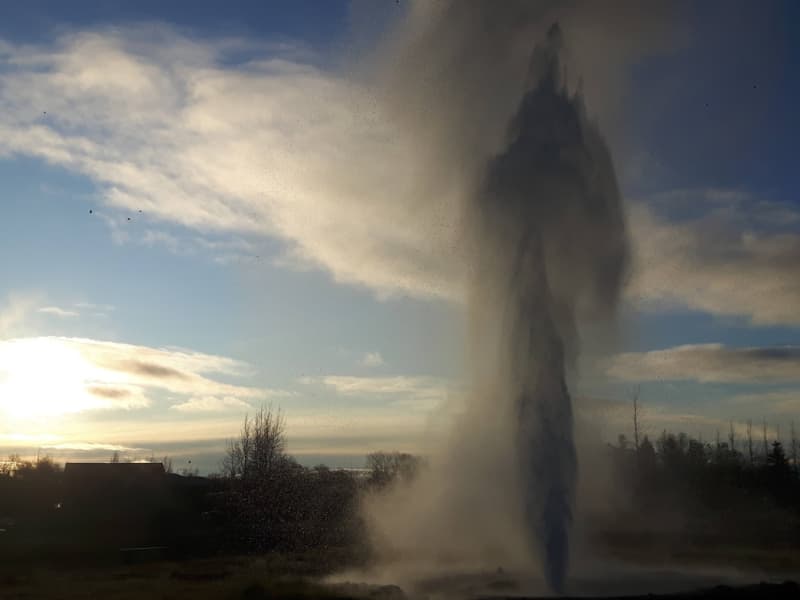
Geothermal Park
Hveragerði is undoubtedly one of the few populated sites in the world located on active geothermal area. At the Geothermal Park, visitors are invited to take a guided walk around the hot springs and learn about the geological history surrounding this unique area.
In the Geothermal Park you can find mud pots that produce material for natural mud baths. Visitors can experience first hand, the benefits of the therapeutic mud while enjoying a mud bath for their hands and feet. Visitors can also enjoy a bite of delicious rye bread baked using the geothermal heat and/or boil an egg in the hot stream.
View
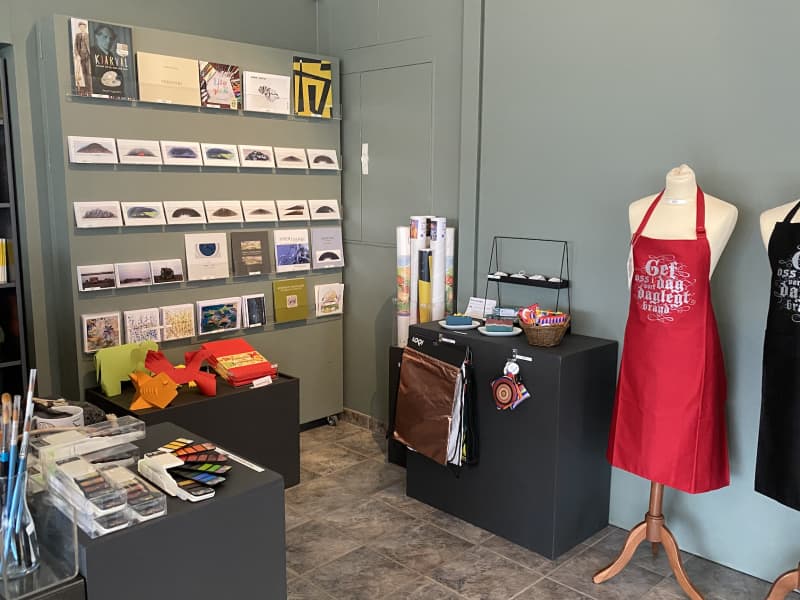
LÁ ART MUSEUM
LÁ Art Museum (Listasafn Árnesinga) welcomes you. It runs ambitious and various shows of contemporary as well as modern art in its four spacious exhibitions rooms. The exhibitions reflect our cultural heritage and our contemporary change.
The bright seating area offers visitors the chance to relax in a peaceful setting whilst browsing through art related reading material supplied. The Museum also houses a small café and the children´s corner gives the museum´s younger visitors a chance to enjoy themselves.
The Museum is owned by the eight Municipalities in Árnesinga County and supported by the Museum Council of Iceland.
LÁ Art Museum on Facebook
Opening hours:
May - August – every day: 12:00-17:00September - April – every day except Monday: 12:00-17:00
View
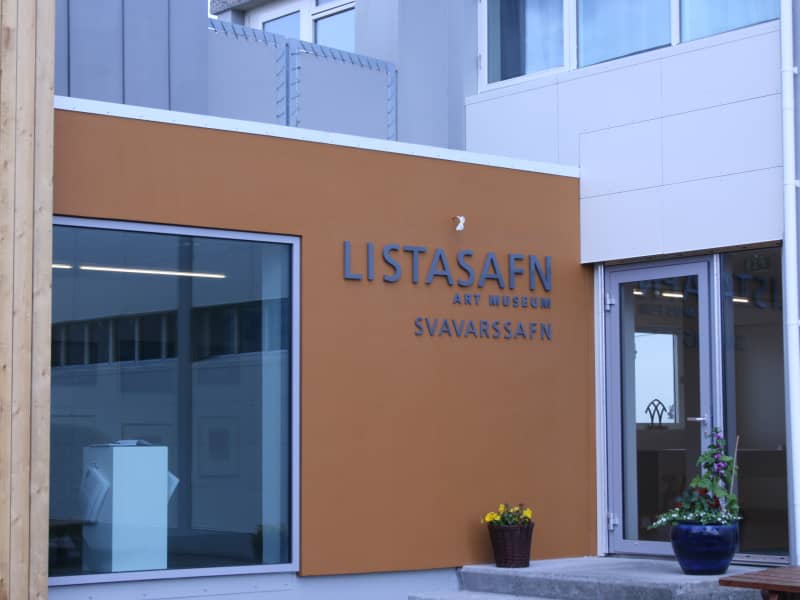
Hornafjörður Cultural Center
The cultural center has six museums as well as a research department that operates across the units. The museums are regional, maritime, natural history, art, book, district archives, natural history, and maritime museums.
Exhibitions organized by the museums are an important part of the museum's work, and here we emphasize the uniqueness of Hornafjörður and the community that is and was. Today, exhibitions are open in the library, Verbúðin in Miklagarður and Svavarssafn, and admission to the Cultural Center's exhibitions is free.
View
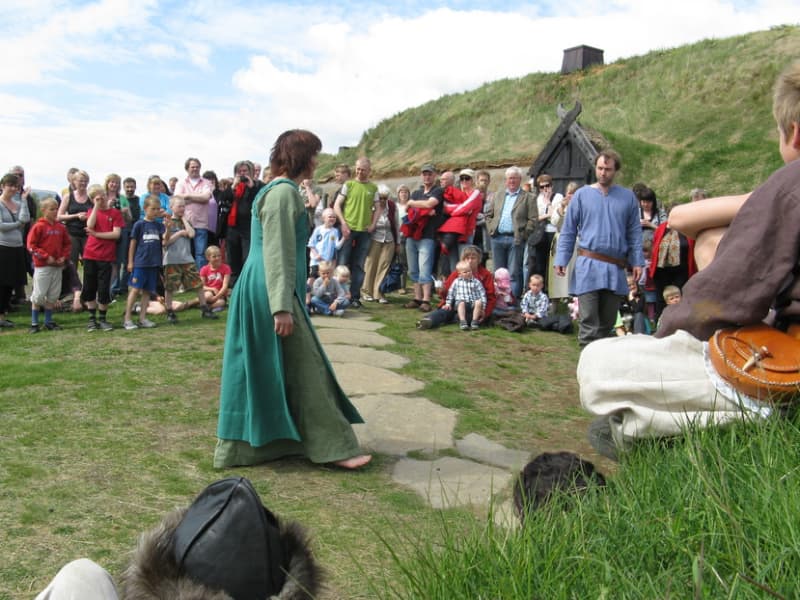
Visit vikings, The Commonwealth farm
The Commonwealth farm in Þjórsárdalur is one of Iceland's best kept secrets. The farmhouse, built on the site of one of the manor farms of the Age of Settlement, is constructed as experts thought it would have been.Visitors have the opportunity of acquainting themselves with the buildings the Icelanders' ancestors lived in and of learning about the conditions they lived in and about their daily life.
The Commonwealth farm is based on the ruins of the former manor farm, Stöng in Þjórsárdalur which is considered to have been abandoned after its destruction in the Hekla eruption of the 1104.
Opening hours:Open every day from June 1st to September 30th, 10:00-17:30Phone nr. 695-2330Closed during winter
View

Geothermal Exhibition at Hellisheiðarvirkjun
The Geothermal Exhibition is situated inside of Iceland’s largest geothermal power plant: the Hellisheiði Geothermal Plant (Hellisheiðarvirkjun), owned and operated by ON Power. This power plant produces electricity for Iceland’snational grid and hot water for the capital region. When combined with the other geothermal plants in Iceland, geothermal power supplies 30% of all electricity and 90% of all space heating on the island. Geothermal resourceshave been intertwined with Iceland’s culture, history, and heritage for over 1000 years and the renewable energy that they provide today is an important part of this continuous timeline.
Visitors see into an operational power plant and learn all about the geothermal production and distribution of the plant. The exhibition also features information, exhibits, and displays about Iceland’s unique geology, history,art, and the many exciting innovation projects happening in and around the power plant, including Carbfix, where CO₂ is turned into stone.
The Geothermal Exhibition is open every day of the year except December 25 and January 1.
Winter opening hours: November 1 - March 31: 09:00-16:00.
Summer opening hours: April 1 - October 31: 09:00 - 17:00.
We invite you to experience our world-leading green power production up close and personal. Feel the engine room humming with energy, learn about geothermal ingenuity, and experience the sights, sounds, and even smells behind the power of Mother Nature.
The exhibition is interactive and based on multimedia technology, allowing guests to explore and experience among other things:
Visual explanation of the process of geothermal energy production and distribution
The history of geothermal energy in Iceland
A view into our turbine halls
The Carbfix method – we turn CO₂ into stone
Insight into the Geothermal Culture of the island
An Icelandic rocks & minerals collection
Our Curiosity Corner – where visitors of all ages can explore the geothermal process in a fun and colourful way
Larger parties (10 people or more) and those interested in Carbfix tours are encouraged to send us an email to syning@or.is– we kindly ask that you include the group size and preferred date and time of the visit.
View
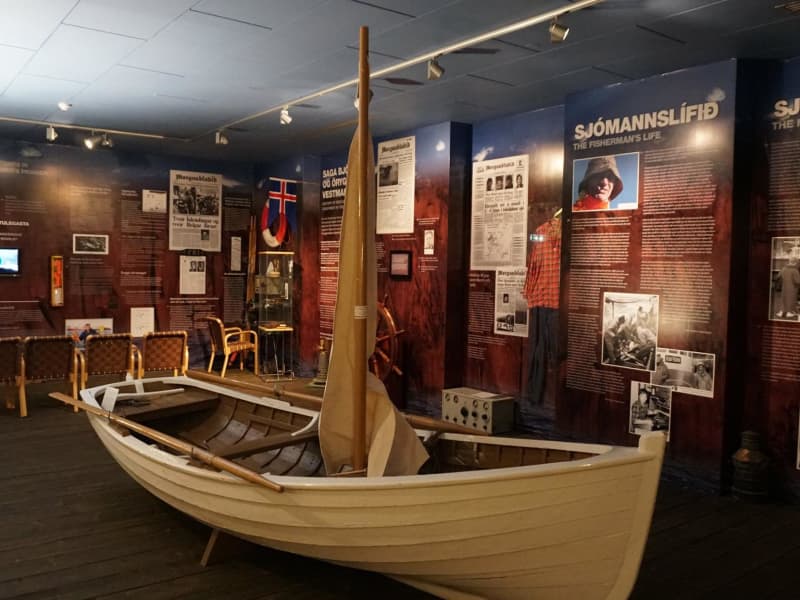
Sagnheimar Folk Museum
Sagnheimar tells the unique story of Vestmannaeyjar. For example:
The Turkish RaidOn July 16th, 1627, three ships arrived at the eastern shores of Heimaey, carrying 300 pirates who disembarked. Over the next three days, they rampaged the island with loud shouts and calls, capturing and ruthlessly killing people. Among the approximately 500 islanders, 242 were taken captive and transported to Algeria, where they were sold at slave markets. The story of this fateful day is captured in a large caricature-style mural of sequential panels.
For the younger generationAt the museum there’s a piratecave where the children can dress up as pirates and embark on a treasure hunt. There is also a so-called touch collection where both children and adults can handle selected objects in the museum.
MormonsAt the museum there is an area dedicated to the history of Mormons on the island. The first Icelandic Mormon missionaries, Þórarinn Hafliðason from Sjólyst in Vestmannaeyjar and Guðmundur Guðmundsson from Ártún in Rangárvellir, conducted their missionary work in Vestmannaeyjar from 1854 to 1914, leading to around 200 islanders converting and heading West in pursuit of a brighter future. Among them, three individuals, Samúel Bjarnason and Margrét Gísladóttir from Kirkjubær along with their friend Helga Jónsdóttir from Landeyjar, became the first Westerners to settle in Spanish Fork, Utah, in 1954.
The Westman islands legion / Captain Kohl and the armyThe islanders are the only ones in Iceland to boast of having founded their own battalion. This was initiated by Andreas August von Kohl, also known as Captain Kohl, the commissioner, in 1855.
The most dangerous job in the world?Fishing and fish processing hold significant importance in the lives of the islanders. The text and images depict the growth of fishing, the daily lives of fishermen, risks and adventures, rescue missions, land-based work, and living in fishing dormitories. Additionally, historical objects are showcased. Visitors can listen to tales shared by locals, reminiscing about incidents like sea accidents, on an antique radio station.
Þjóðhátíð - Music festivalÞjóðhátíð is a festival that was first held in 1874 and has been celebrated every year since the early 1900s. It is an important unifying symbol of the islanders with all their rich traditions and customs. Visitors to the museum can experience the authentic Þjóðhátíð tent of the locals.
Opening hours:May 1st - September 30th: Every day from 10:00-17:00October 1st - April 30th: Saturday from 12:00-15:00, other days closed (open upon arrangement)
View
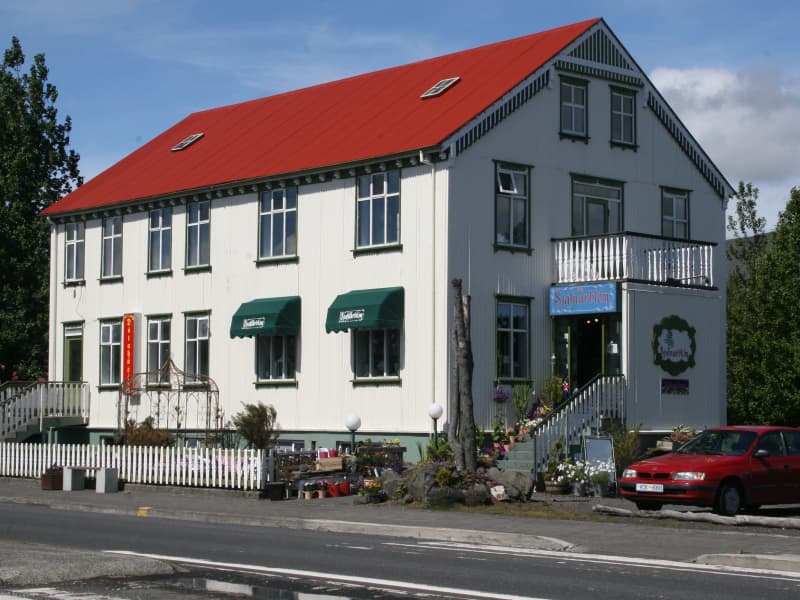
The Bobby Fischer Center
This centre houses memorabilia of the 11th World Chess Champion BOBBY FISCHER and the Selfoss Chess Club. The American Bobby Fischer became the World Chess Champion when he defeated the Soviet grandmaster and reigning World Champion Boris Spassky in Reykjavík in the summer of 1972. The match is generally referred to as the Match of the Century. It took place at the height of the Cold War, mirroring the tense relations between the two superpowers, the United States of America and the Soviet Union. Since 1948 Soviet chess players had held the World Championship title - uninterrupted for 25 years. On display at the Bobby Fischer centre in Selfoss are among other things Spassky´s and Fischer´s scoresheets, a printout from the radiation measurements demanded by Spassky´s delegation after the 17th game and a replica of the chessboard used during the match, which was staged in Laugardalshöll in Reykjavík. In addition, there are many curious items related to Bobby Fischer‘s stay in Iceland during his last years (2005-2008), for example, his chair from the antiquarian bookshop Bókin in Reykjavík. He died on 17th January 2008 at the age of 64. Bobby Fischer´s final resting place is at Laugardælir cemetery, a few hundred metres away from the Bobby Fischer centre.
Open from 13:00-17:00 every day, from 1 June to 22 August.
View
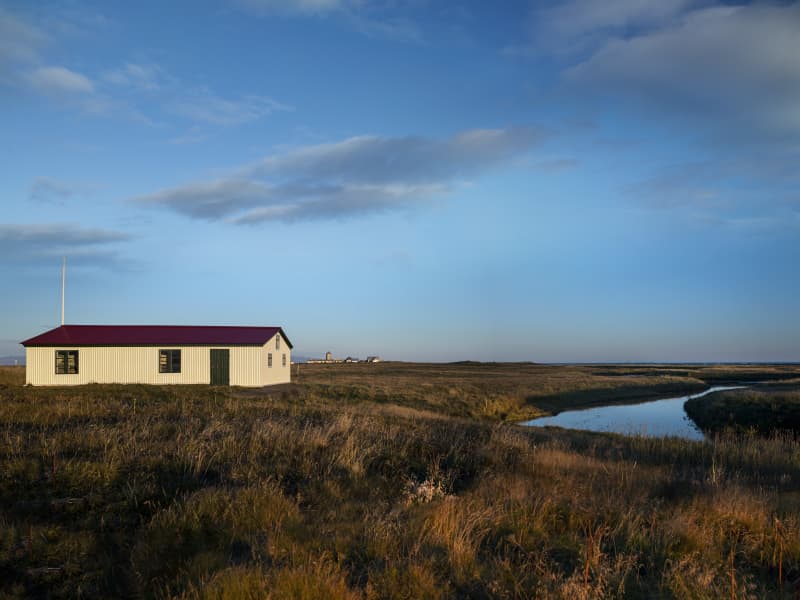
The Dairy Farm
The Baugsstaðir Creamery was built in 1905. The creamery produced butter and cheese. It is now open for visitors on Saturdays and Sundays in July and August at 13 -18 and by arrangement. There you can see all the tools of the creamery trade that blossomed in the decades after 1900.
Tel. 483-1082.
View
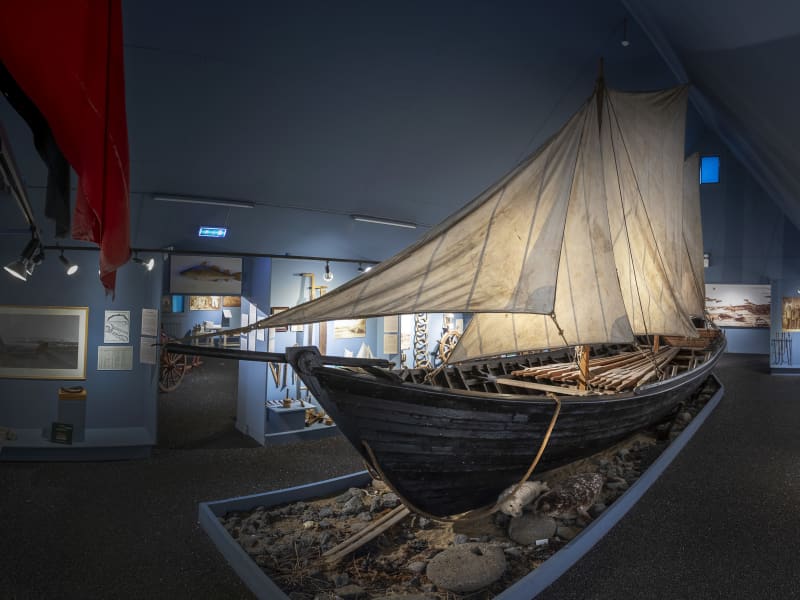
Eyrarbakki Maritime Museum
The Maritime museum in Eyrarbakki offers a unique trip back in time, where you can see numerous items from the time when sailors, living on the south coast, rowed out to sea every day. A large twelve-rower, Farsæll, is the largest item of the museum, built 1915.
Hours of Operation: May 1st - September 30th: Daily 11:00-17:00 Winter: By arrangement
View
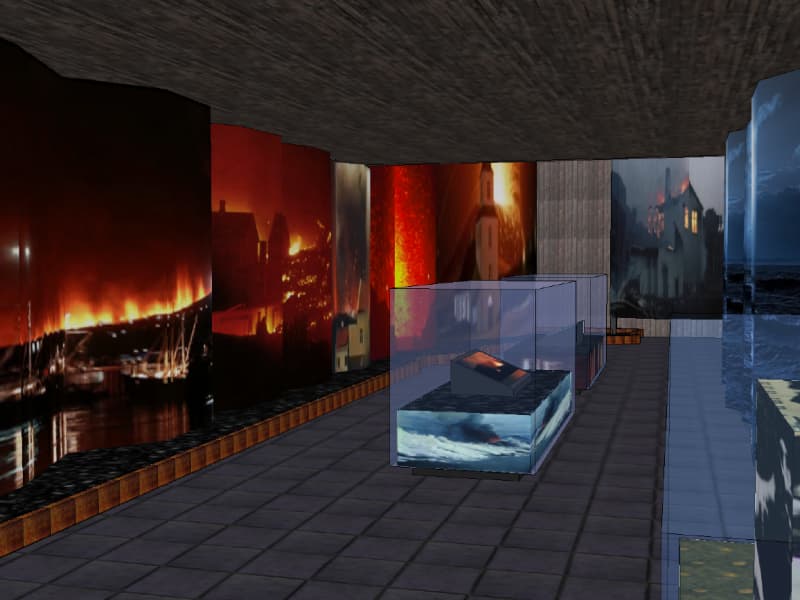
Eldheimar
The exhibition focuses on the 1973 volcanic eruption in Vestmannaeyjar, without a doubt one of Iceland´s biggest natural disaster. Visitors get a glimpse into peoples lives on Heimaey before the eruption that would change their lives forever. The people of Heimaey had to leave their homes in the middle of the night and evacuate the island, many of them never saw their homes or any of their belongings ever again.
The eruption started in the early hours of January 23rd 1973 on the island of Heimaey, the only inhabited island of the Vestmannaeyjar islands and it lasted for 5 months. Lava and ash destroyed almost 400 homes and businesses, a third of all buildings on Heimaey. While the eruption lasted no one knew if the island would ever be populated again.
View
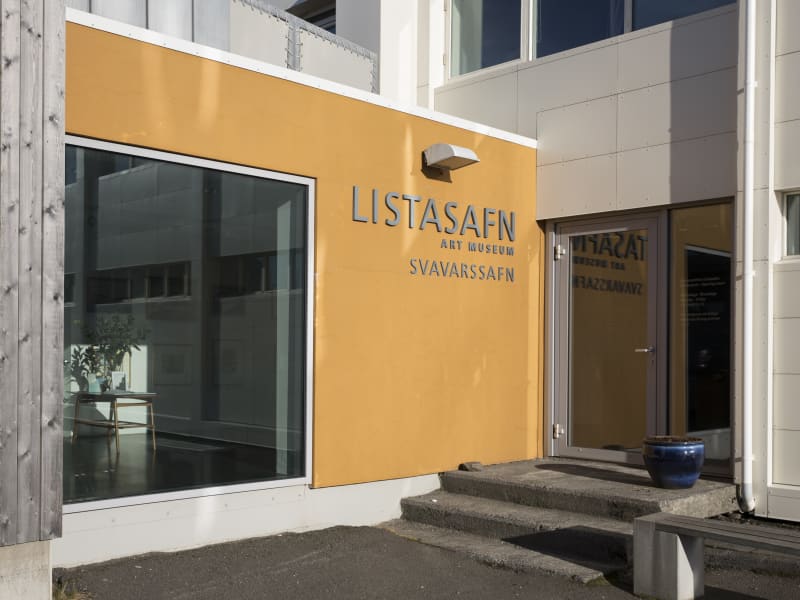
Svavarssafn - Svavar Guðnason Art Museum
Svavarssafn (The museum of Svavar Guðnason) is a vibrant, contemporary artmuseum at Höfn in Hornafjordur. The museum hosts various Icelandic exhibitions over the year, emphasizing artists with a connection to the area. Hornafjordur is a large region known for its spectacular landscape and glacial light, not easily found anywhere else. The museum offers a space to contemplate art inspired by this landscape that many Icelandic artists have tried to capture.
The museum was founded in honor of Svavar Guðnason (1909-1988), the first Icelandic abstract painter. Svavar was born in Höfn and became one of the most influential leaders of the Icelandic avant-garde during the middle of the 20th century. One of few Icelandic artists of that period to have an international following. The museum was founded when Hornafjordur received from Ásta Eiríksdóttir, the widow of the artist, several important works by Svavar, and today the museum owns about 500 works by him and other artists from the area. On average, three exhibitions are held each year that combine works by contemporary artists and works from the collection. The museum is open all year round and located in the city hall.
The museum is free of charge.
Winter openingNovember 1st - February 28thWorkdays: 9:00-15:00
Summer opening March 1st - October 31stWorkdays: 9:00-17:00Weekends: 13:00-17:00
View
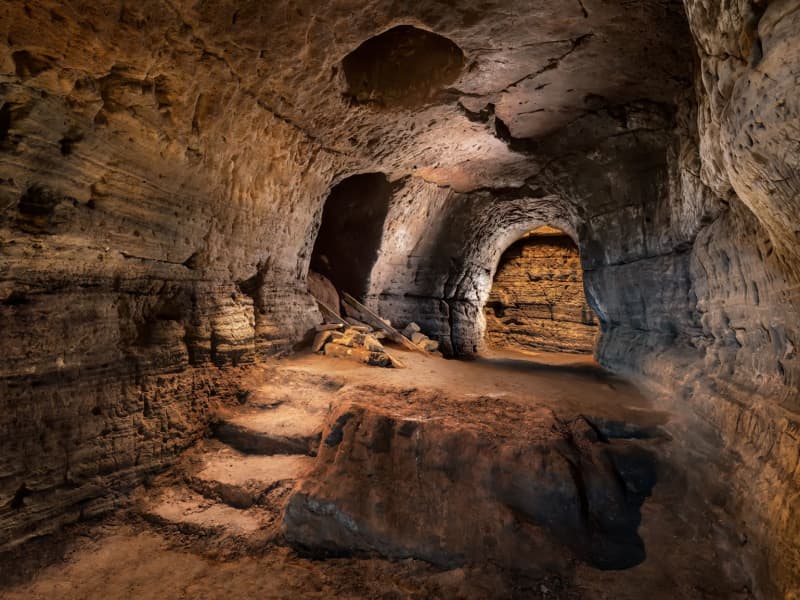
Caves of Hella
Twelve man-made caves have been discovered on the land of Ægissíða by Hella on the South Coast of Iceland. Four of them have been open to the public. The historical site is Iceland's oldest still standing archaeological remains. Some believe the caves to date even further back than the settlement of the Nordic Vikings.
The wonders of the Caves of Hella include ancient crosses, wall carvings, and carved seats.
Mystery surrounds the caves and for centuries people have wondered:
Are the caves the handiwork of the Celts?
Were the caves a place of ancient worship?
Caves of Hella offer a great opportunity to explore these historic caves in Iceland. Join us to discover the secrets they hold and experience the magical Underworld of the South.
The Caves are located right next to Route 1 (the Ring Road), an approximately hour drive from Reykjavik.
View
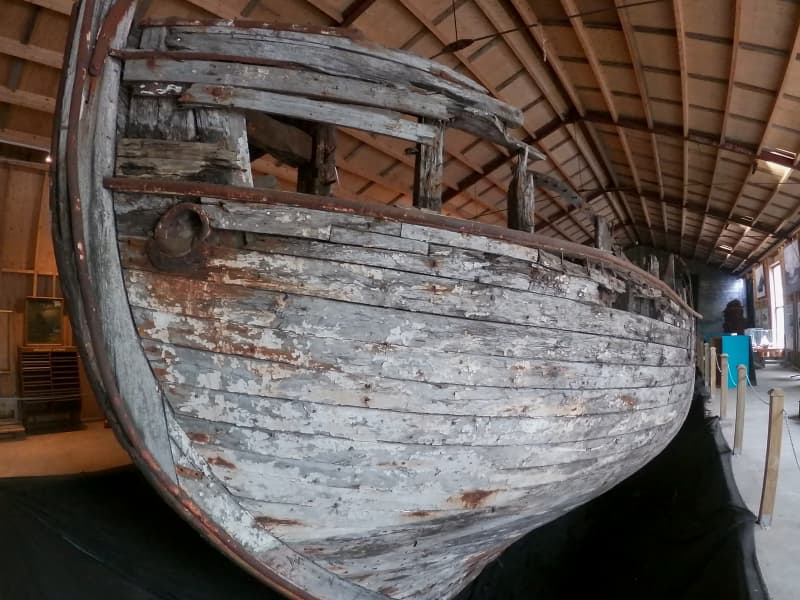
Hafnleysa Maritime Museum
Vík is a seaside village with a rich maritime history, like the majority of Icelandic villages. However, what sets it apart is the fact that it has never had a harbour. The harsh waves and the shallow shores make it nearly impossible for ships to approach the land without stranding. And many ships did, in fact, strand on the black sands of the south coast.
The Hafnleysa Maritime Museum depicts the extraordinary maritime history of the south coast. Its centerpiece and namesake is the Skaftfellingur ship, which brought people and products along the south coast from 1918 to 1939. It then served on the Atlantic in WWII and is renowned for saving a crew from a sinking German U-464 submarine in 1942. In the year 2001, Sigrún Jónsdóttir, a famous artist from Vík, salvaged the remains of Skaftfellingur and brought it home to Vík. She had a deep emotional connection with the ship, and if it were not for her, visitors might never have been able to see it up close and learn about its fascinating history.
The museum is ideal for families. Kids can try on costumes, see the ship up close, learn about its history, and watch a documentary with historical footage from Vík.
In the summer of 2023, the artist Macjie Lenda painted a beautiful mural on the museum to honor all the fantastic, hardworking people who made the foundation for Vík as a village at the beginning of the 20th century.
Entrance fee:Adults: 500 ISK (free for seniors).12-16 year-olds: 200 ISKChildren under 12: Free entrance20% discount for groups of 8 or more.
View
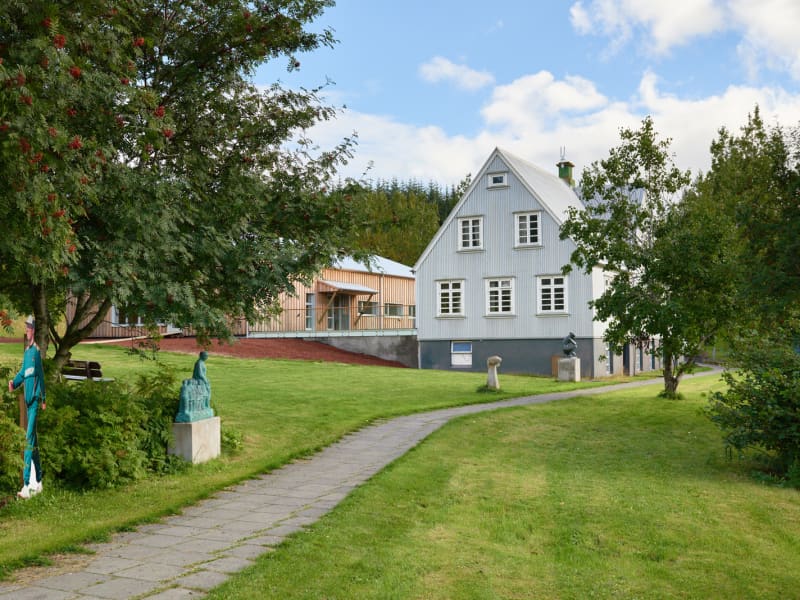
Sólheimar History Museum
Sólheima history museum was offically opened in the fall of 2022 in the oldest house of Sólheimar. It‘s been renovated to its original look and there you can read loads of information about the history of Sólheimar and its founder Sesselja Sigmundsdóttir. A documentary about Sesselja is also there for viewing, it‘s running time is 50 minutes. General admission fee is 1.500 ISK for adults, 700 ISK for children 12-18 years old and free admission for children 12 years and younger, senior citizens and disabled. There are no official opening hours but please contact sesseljuhus@solheimar.is or call +3548556080 to plan your visit ahead, especially groups. We look forward to greet you at Sólheimar!
View
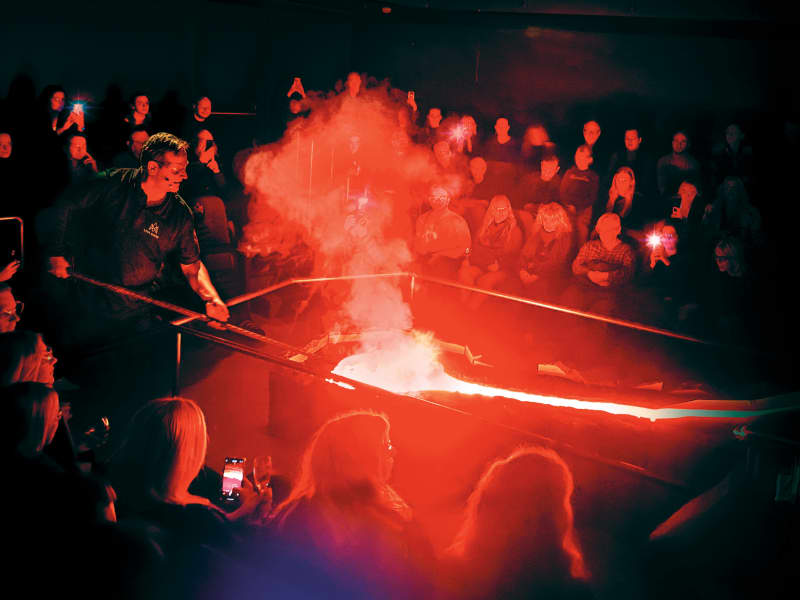
Lava Show
Lava Show is the first and only live lava show in the world. The show is located at Víkurbraut 5 in the beautiful village of Vík on the South Coast, in the heart of Katla UNESCO Global Geopark, surrounded by volcanoes, glaciers, beautiful nature, and black sand beaches. It takes about 2 hours and 15 minutes to drive from Reykjavík to Vík without stopping. We recommend that you arrive at the Icelandic Lava Show no later than 15 minutes before the show starts.
The show begins with a short opening from the show‘s host and then delves into a short educational video about Icelandic volcanism and why Iceland is such an active volcano island. Then Katla UNESCO GEOPARK and the volcanoes surrounding Vík are highlighted with a good explanation of why these volcanoes are considered among the most dangerous on the planet. After that, the show takes the audience 100 years back in time with a dramatic story about the catastrophic Katla volcano eruption in 1918.
The highlight of the show is when everyone is advised to put on their security goggles and the lava starts pouring into the showroom. The bright orange color as the lava starts flowing into the room is like sunrise and as the lava starts gliding over the ice it starts to bubble and crackle. The most surprising aspect, however, is the intense heat that radiates from the lava and the temperature in the showroom quickly rises. For a few moments, the only thing you want to do is sit there transfixed on the lava, mesmerized by the sensory onslaught as you watch the lava cool in front of your eyes, slowly turning from bright orange to grey to black. It is an experience unlike anything else you have ever experienced.
Soon after the lava flows into the room, the show‘s host starts playing with the lava, explaining the different aspects of it and what it really was that you just witnessed. As the lava continues to cool down, the host is able to demonstrate some really interesting aspects and wonders of lava and encourages the audience into an interactive Q&A session.
In the end, when the doors to the showroom are opened, it is usually a bright-eyed and flushed group of audience that walks out of the room, still wrapping their heads around the remarkable experience they just had in this wonderland of ice and fire. Most agree that the Lava Show is a must-see for everyone visiting Iceland.
See our video here
View
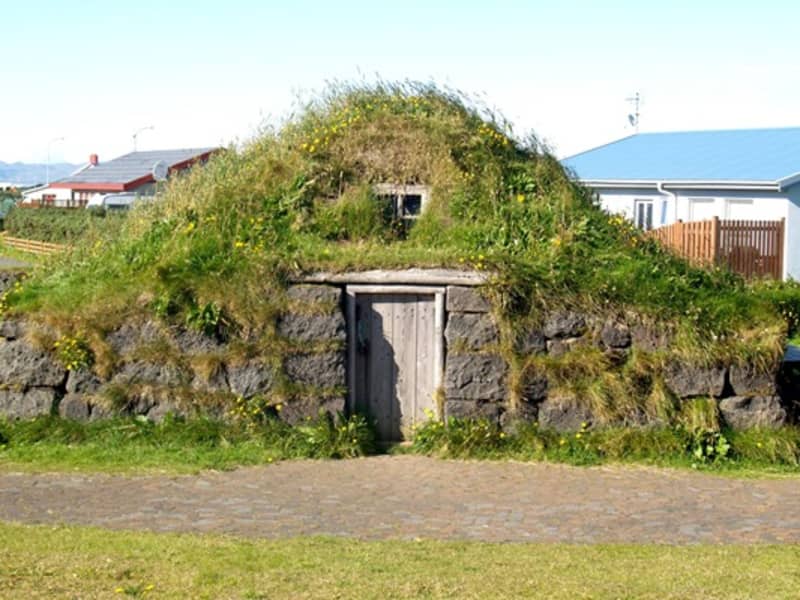
Þuríðarbúð Fisherman´s Hut
Þuríðar´s cottage was rebuilt in 1949 in Stokkseyri but cottages such as this were numerous all along the coastline in the past. They were the shelters of the crews, where they lived, slept ant ate during the winter fishing season. Þuríðarbúð was erected in memory of Þuríður Einarsdóttir and old working procedures.Þuríður was a woman, born 1777 died 1863, who was captain in 50 years.
Þuríðarbúð is always open for visitors and the entrance is free of charge.
View
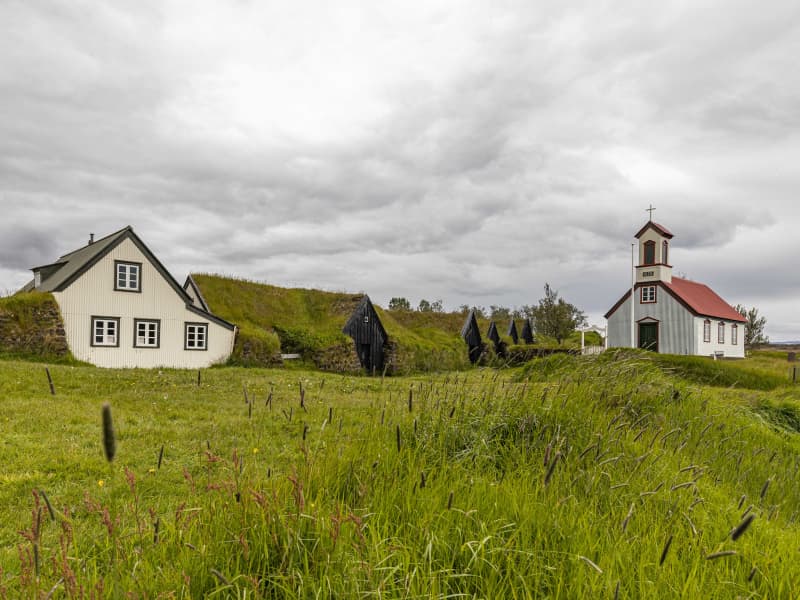
Keldur, Rangárvellir
Want to travel back in time?
At Keldur you can experience how Icelanders lived in the past. The old turf farm at Keldur is the oldest existing farmhouse in Iceland.
It stands as a testament to the past, being the sole remaining farmhouse of its kind, known as the old passageway type. The structure's wooden frame showcases characteristics reminiscent of Roman style.
History & heritage
Keldur holds great significance in Icelandic heritage, with its story deeply rooted in the annals of history. Ingjaldur Höskuldsson, the first inhabitant of Keldur, is mentioned in Njál's Saga.
Constructed from stone, timber, and portions of turf, this ancient farmhouse can be traced back to the late 12th century.
The old farmhouse is connected to an underground tunnel, believed to have been constructed in the 12th or 13th century, possibly during a period of conflict.
New research indicates that beneath the fields situated across the riverbank, there are undisclosed ruins waiting to be uncovered.
Opening hours
June 1st – 31st August:
Open daily from 10:00 am - 17:00
Guests can visit during opening hours without booking in advance.
Guided tours and groups
Guided tours daily at 11:00 am & 15:00 pm. Book your guided tour here.
If you want to book a guided tour for a group, please send an email for further information, keldur@thjodminjasafn.is
View
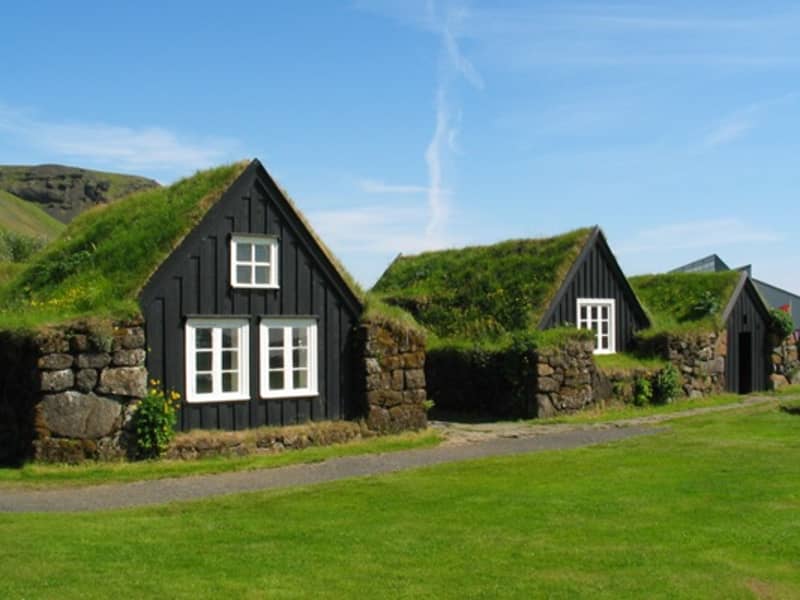
Skogar Museum
Skógar Museum was founded in 1949 and nowadays hosts a collection of more than 18,000 regional artifacts, exhibited in three different spaces. It is located 150 km east of Reykjavík, just off Ring Road 1, and 30 km west of Vík. The Museum was especially known for the curator Þórður Tómasson.
Skógar Museum is divided into three parts: -The Folk Museum offers a huge variety of artifacts displayed on three floors: fishing, agriculture, textile, and natural history, as well as artifacts dating back to the Viking Age. -The Open Air Museum, where visitors can catch the atmosphere of times long gone and experience how Icelanders lived through the centuries in farms made from turf and stone.-The Technical Museum tells the story of technology and transportation and its development in Iceland in the 19th and 20th century. It also houses a souvenir shop and the Skógakaffi cafeteria.
Guided tours are available upon reservation in English, German and Icelandic for groups of ten people or more. Sometimes there is the possibility to have guided tours in French, Spanish, Norwegian, and Danish.“
Skogar Museum is open 364 days of the yearJune - August: 09:00 - 18:00September - October: 10:00 – 17:00November – April: 10:00 – 16:00May: 10:00 – 17:00
Please visit us on Facebook herePlease visit us on Instagram here
View
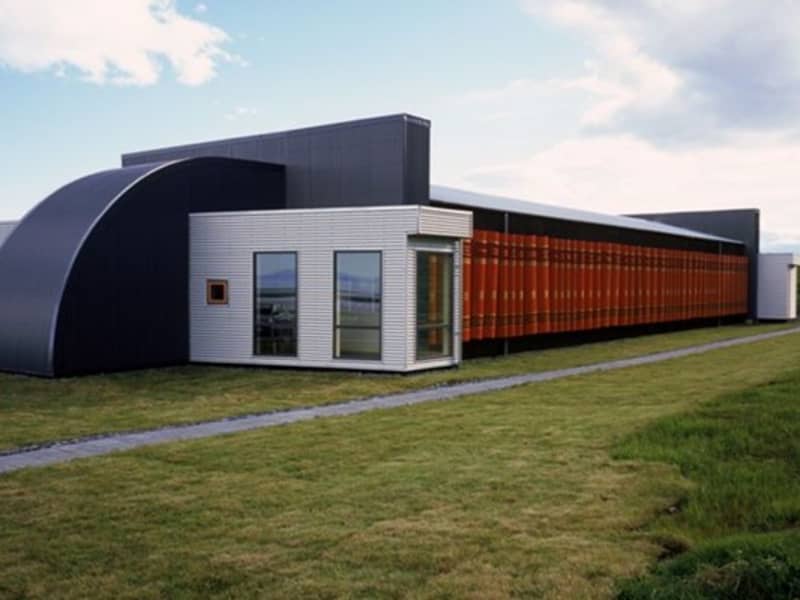
Þórbergssetur
The Þórbergur Centre was established in memory of the famous Icelandic writer Þórbergur Þórðarsson (1888 – 1974), who was born in Hali in Suðursveit. The centre includes a heritage museum and unique exhibitions of the district Sudursveit and the writer Þórbergur Þórðarson, his life and work. The Thorbergur Centre is by road number 1, the Ring Road. only 13 km further east from Jökulsárlón.
Our restaurant offers local food from the farm and the Vatnajökull region.
View
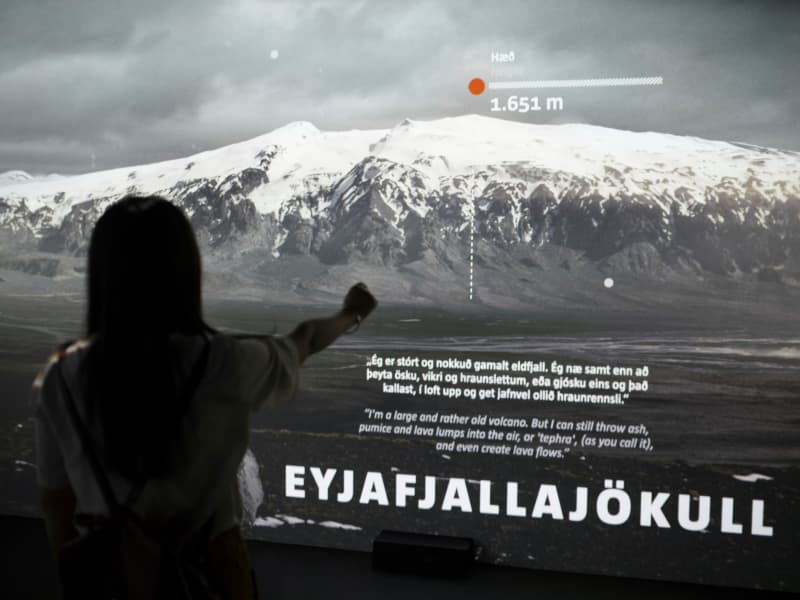
LAVA centre
LAVA "Iceland Volcano & Earthquake Center" reveals the epic forces of nature that shaped our planet and created Iceland only 20 million years ago. LAVA is dedicated to the unique volcanoes and geology of Iceland.
The center features an interactive educational exhibition exploring the art and science of geology and the volcanic systems in Iceland and an educational learning center for geology where staff members educate visitors to make the visit as enjoyable and memorable as possible. The interactive exhibition further displays a collection of artifacts, films, and graphics from various volcano eruptions in the past century.
For opening hours and price, click here
View
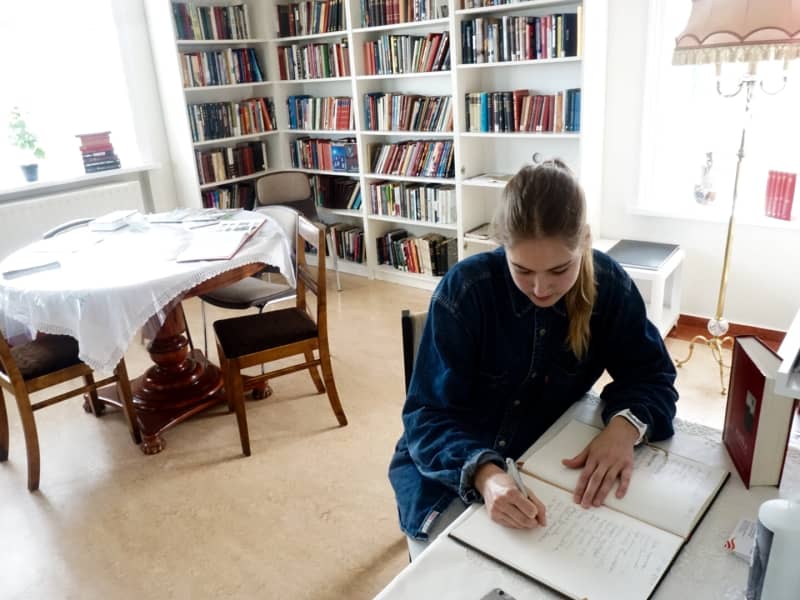
The Women's Book Lounge
The Women's Book Lounge, established in April of 2013, is an educational museum dedicated to Icelandic female writers. The lounge's objective is to preserve written works by Icelandic women; to introduce the authors and their works in Iceland and abroad, and to make the texts and information about the authors available to the public.
Opening hours: Arranged upon request.
View
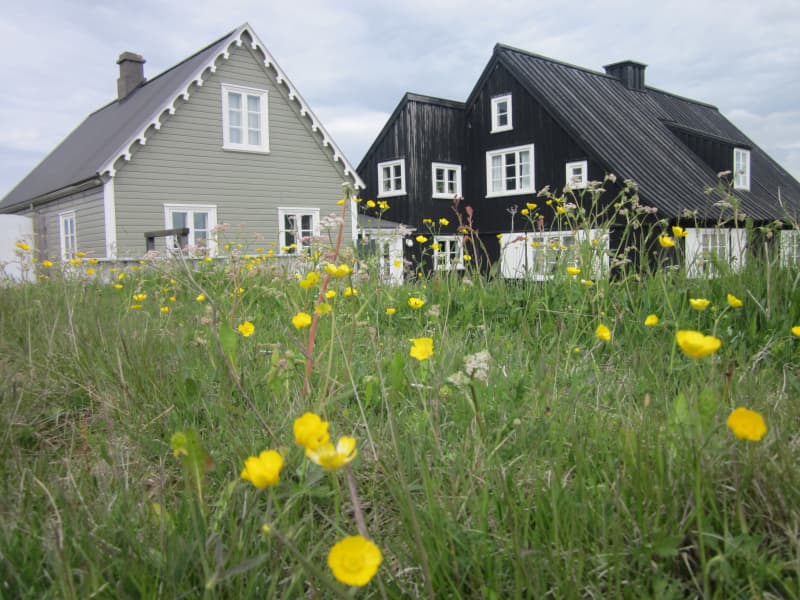
Árnessýsla Heritage Museum in Eyrarbakki
The Merchants House in Eyrarbakki, was built in 1765. The House was for two centuries the home of merchants, and one of Iceland’s major centres of culture. Diverse cultural and artistic trends reached The House during the time when Eyrarbakki was the main port and centre of trade in south Iceland, whose realm extended all the way east to Mt. Lómagnúpur by the Vatnajökull glacier.
Very interesting exhibitons in the center of Eyrarbakki village: The Mercants House, Egg House and Kirkjubær.
Opening hours:Open every day at summers 10-17 and by arrangement.
View
Other (7)
| Tré og List | Forsæti 5 | 803 Selfoss | 894-4835 |
| Turf House Museum | Asutur-Meðalholt | 803 Selfoss | 694-8108 |
| The Quake 2008 | Breiðumörk 21 | 810 Hveragerði | 483 4601 |
| Stranda Church | Selvogur | 815 Þorlákshöfn | 892-7954 |
| The Hunting and Wildlife Museum | Eyrarbraut 49 | 825 Stokkseyri | 4831558 |
| Samansafnið Museum | Sólheimar | 846 Flúðir | 865-8761 |
| Vestmannaeyjar Museum | Ráðhúsatröð | 900 Vestmannaeyjar | 488-2040 |
